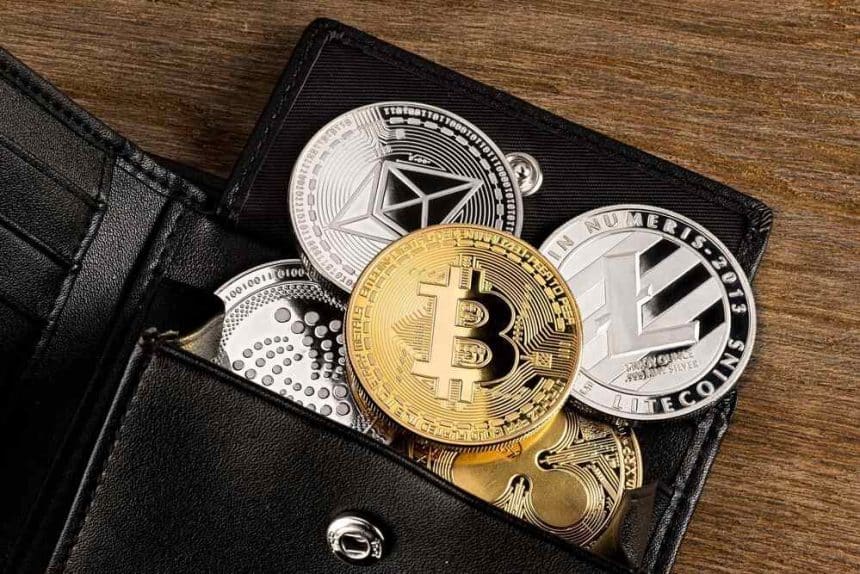Venturing into the vibrant world of cryptocurrencies starts with a pivotal step: setting up a cryptocurrency wallet. A fully operational, secure crypto wallet is essential for anyone looking to thrive in the evolving digital monetary landscape. Whether you're a seasoned investor or a crypto novice, understanding how to store and manage your crypto efficiently can spell the difference between success and struggle.
The choice between a non-custodial crypto wallet and other options could greatly impact your control over your digital assets. Unlike traditional wallets, a non-custodial hot wallet gives you sole ownership of your private keys and hence, the ultimate power over your funds. If you are keen on self-sovereignty and privacy, learning how to open a crypto wallet that's non-custodial can be a game-changer.
In this article, we will guide you on how to build a crypto wallet, specifically addressing how to create a wallet that is both non-custodial and hot. Armed with valuable info to create a non-custodial hot wallet, you can step into the world of cryptocurrency trading with confidence. Get ready to take charge of your digital financial health and security. The future is here, and you will be a part of it!
Key Takeaways
- Importance of enabling JavaScript and cookies for enhanced website functionality and improved user experience
- Troubleshooting common issues with JavaScript and cookies, such as clearing cache and updating browsers
- Choosing the right type of crypto wallet based on factors like security features, user-friendliness, and reputation of the provider
- Public and private keys, wallet addresses, and recovery phrases are important in cryptocurrency wallet setup and security.
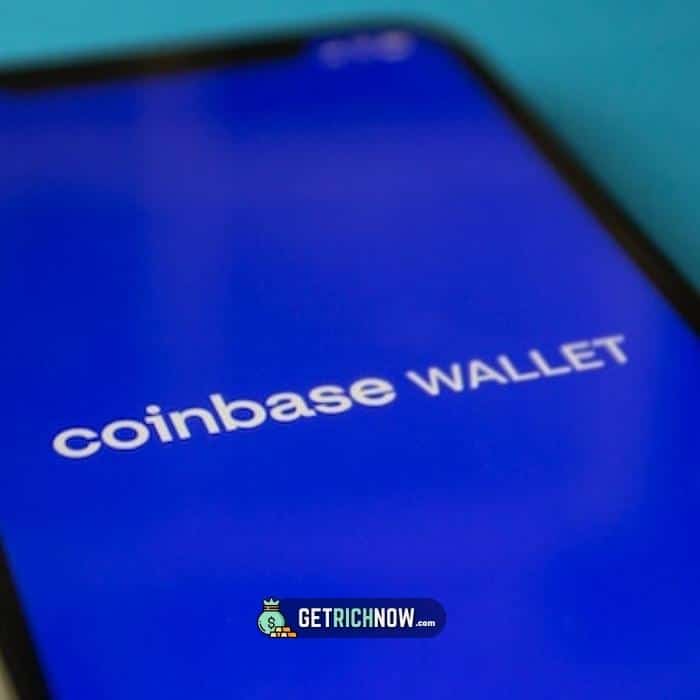
What Are the Different Types of Crypto Wallets?
When setting up a cryptocurrency wallet, you’ve got an array of types to choose from.
Fancy a hardware wallet? Ledger or Trezor might tickle your fancy.
More into the software? Exodus, Jaxx, or Electrum could be your jam.
Prefer hot wallets? Check out web options like Coinbase or MyEtherWallet.
For the old-school, a paper wallet offers cold storage.
Mobile, custodial, noncustodial – the crypto world is your oyster!
Understanding Crypto Wallets
Before diving into the world of digital currencies, you’ve got to understand how crypto wallets work and why they’re essential for managing your assets.
To set up a crypto wallet, consider the following:
- Understanding cryptocurrency wallets: They’re your digital safe. Store crypto securely.
- Choosing the type of wallet: From a Bitcoin wallet to a more general digital wallet, your choice depends on your needs.
- Creating a cryptocurrency wallet: Like baking a cake, follow the recipe, and voila! You’re a proud wallet owner.
Tips for using your wallet address for sending and receiving payments
Understanding how to use your wallet address for sending and receiving payments is crucial in ensuring smooth and secure crypto transactions. Once you set up your account and create a crypto wallet, use a hardware wallet or a crypto wallet app to access your cryptocurrency. Use your wallet address for transferring crypto. Remember, addresses may change for privacy – it’s a feature, not a bug!
| For Sending Crypto | For Receiving Crypto |
|---|---|
| Access your crypto wallet app. | Use your unique wallet address. |
| Verify the sender’s details. | Monitor incoming transactions. |
| Confirm transfer details. | Verify sender’s details. |
| Initiate the transfer. | Wait for transaction confirmation. |
| Keep the transaction record. | Update your balance. |
How to Secure Your Crypto Wallet
Securing your crypto wallet is crucial to protecting your digital assets from threats and unauthorized access. Thankfully, there are several steps you can take to secure your crypto wallet.
- Choose a reputable wallet app: Research different crypto wallets before deciding.
- Protect your keys: Never share the keys to a wallet with anyone.
Keeping these steps in mind can help enhance the security of your crypto and ensure only you have access to your cryptocurrency.
Hosted wallets
You're ready to take the plunge into hosted wallets, right? Let's check out a few of the most common choices:
Each wallet boasts unique features and security measures, offering options to securely store and manage your crypto assets. Because who doesn’t love a good variety and a dash of control on their crypto journey?
A. Brave Wallet
To set up your Brave Wallet, you’ll first need to download the Brave browser and navigate to the wallet section in the settings. This cryptocurrency wallet app is a physical store for your crypto assets. Here’s a quick guide:
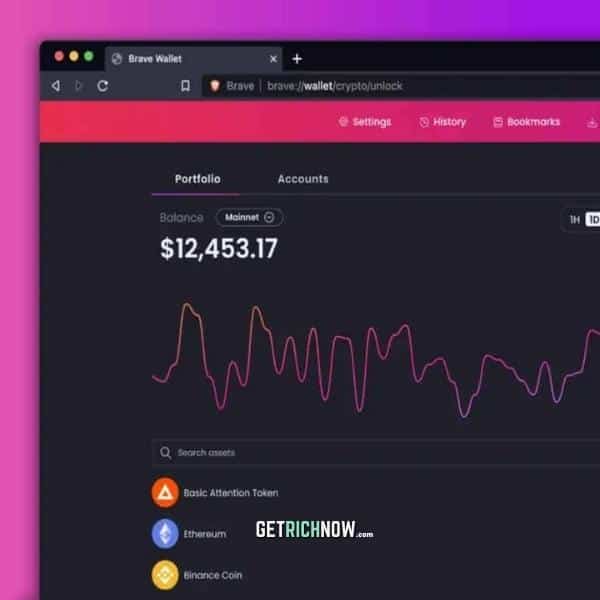
| Step | Instructions |
|---|---|
| 1. Install the Wallet | Download Brave and go to wallet settings |
| 2. Create your Account | Follow prompts to set up your wallet |
| 3. Access your Crypto | Use the wallet to access your crypto assets |
Choose a wallet that’s right for you, and start transacting securely.
B. Coinbase Wallet
Moving on from Brave Wallet, let’s dive into the world of Coinbase Wallet. With Coinbase, you’ll get a simple and secure way to manage and invest in crypto.
How to accomplish it is as follows:
- Download the mobile app and create an account.
- Buy crypto and add it directly to your wallet.
- Connect your wallet to explore how crypto wallets work.
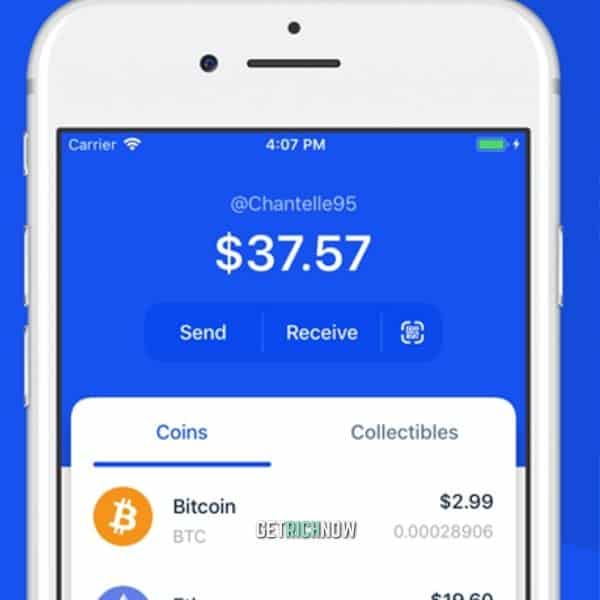
C. SafePal Crypto Wallet
Let’s focus on SafePal, a crypto wallet known for its advanced security measures and user-friendly interface. To set up this wallet, simply install it on your device.
This right crypto wallet stores your crypto securely. Cryptocurrency wallet development like SafePal is a digital wallet that’s easy to build and install.
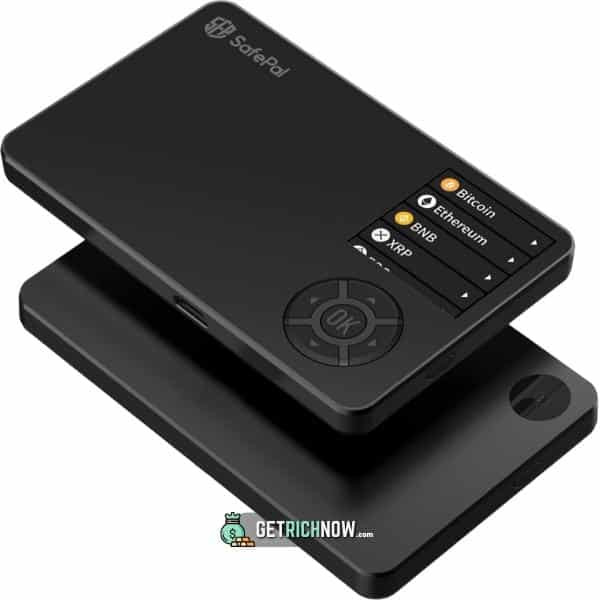
D. Crypto.com DeFi Wallet
If you’re looking for a wallet that gives you full control over your crypto assets, the Crypto.com DeFi Wallet could be your perfect match. This noncustodial crypto wallet allows you to add any cryptocurrency to the wallet, including Bitcoin and other crypto coins.
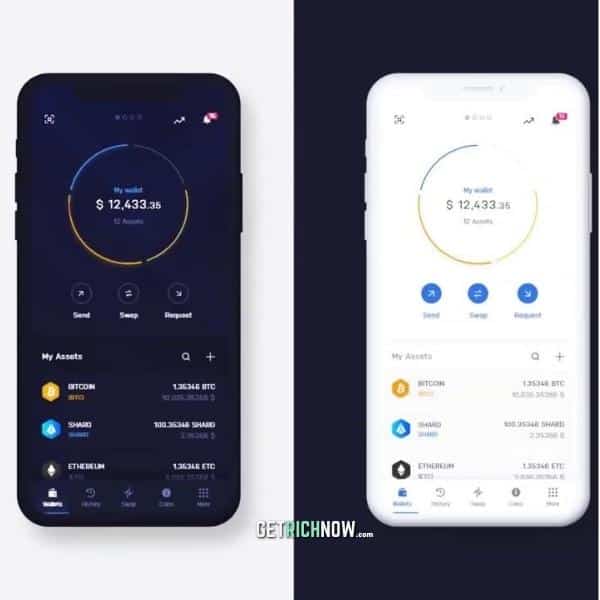
| Pros | Cons |
|---|---|
| Gives full control over your crypto | Bit of a learning curve |
| Supports wide range of crypto coins | Requires careful management |
Remember, to get a crypto wallet means embracing the digital, but with control comes responsibility.
E. Exodus Crypto Wallet
You’ll find that the Exodus Crypto Wallet offers a user-friendly interface and supports a wide range of cryptocurrencies. If you’re new to crypto and need to set up a wallet, Exodus could be the right wallet to store your tokens.
Three steps to get started:
- Download and select a wallet.
- Provide info to create a noncustodial account.
- Transfer tokens from another wallet.
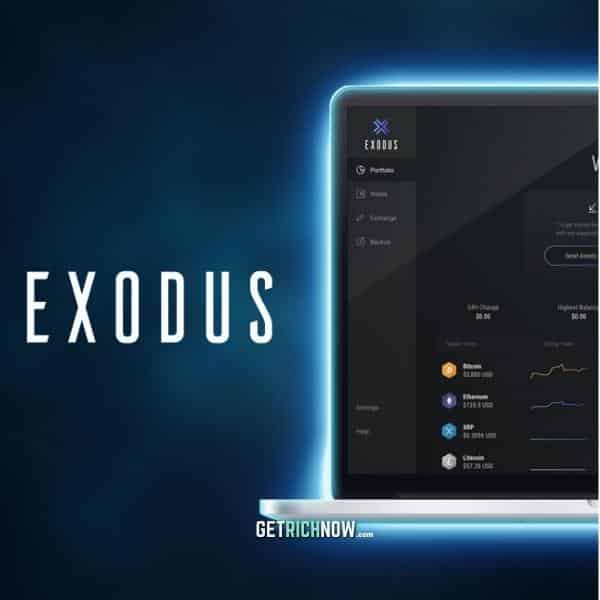
Hardware wallets
When choosing a hardware wallet for your cryptocurrency, it’s crucial to consider options such as these: (I use the Nano S Plus as it is more secure due to no Bluetooth connectivity.)
Click to buy
Ledger Nano S
Ledger Nano S Plus
Ledger Nano X
Trezor One
Trezor Model T
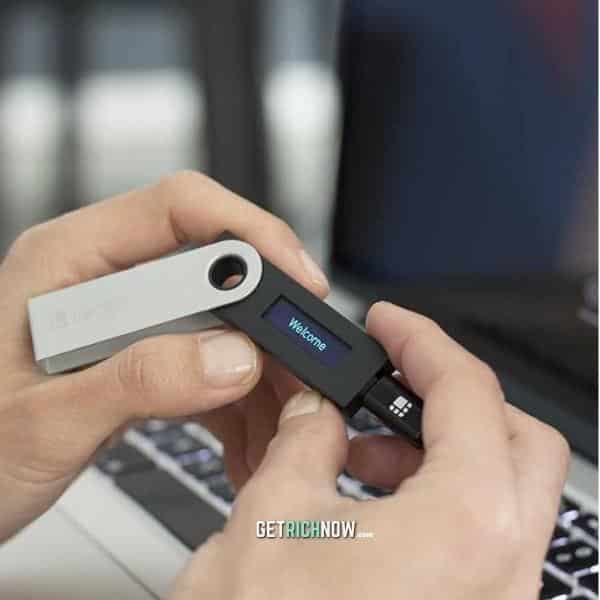
A hardware wallet is a physical device known for advanced security. To develop a crypto wallet, connect your hardware wallet, look for a wallet that supports your tokens, and voila! You’ve built your fortress.
Among the options mentioned, the Ledger Nano S wallet is small, compact, and designed with robust safety features. It supports multiple cryptocurrencies and allows you to manage multiple assets with one single device. The Ledger Nano S Plus offers similar features but with a larger screen, providing a better user interface. The Ledger Nano X, on the other hand, is known for its Bluetooth functionality, which gives it an edge in terms of accessibility and convenience.
The Trezor One, a pioneer in hardware wallets, also offers top-notch security and supports an extensive range of cryptocurrencies. It's user-friendly and comes with a built-in screen for easy operation. The Trezor Model T offers an improved user experience with its touchscreen interface, along with support for a wider range of cryptocurrencies.
Regardless of your choice, all these wallets work under the same principle. They store your private keys offline and sign transactions within the device itself, ensuring your assets are safe even when connected to a compromised computer. Investing in a hardware wallet provides an additional layer of security and is a smart move if you're serious about safeguarding your cryptocurrencies.
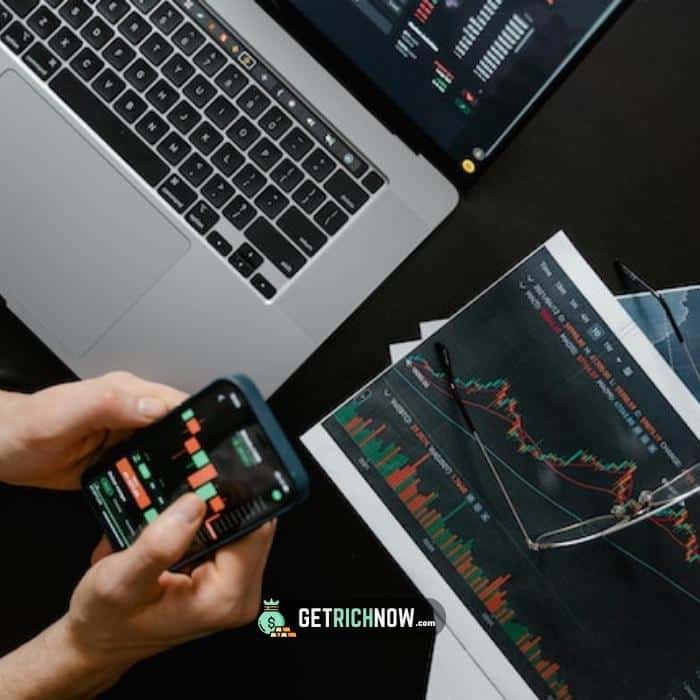
Software wallets
Considering a software wallet for your crypto assets can be a savvy move, but it’s crucial to understand the benefits and risks.
A software wallet app like Coinbase Wallet, a noncustodial hot wallet, keeps your crypto handy for swift transactions.
Whether the wallet is another addition to your wallet options or your first, understanding different types of crypto wallets is crucial for anyone entering the digital currency space.

Top 5 crypto wallets
Let’s dive into the top 5 crypto wallets that are making waves in the market.
MetaMask, a hosted wallet, is a favorite among crypto enthusiasts.
Exodus offers seamless bank account integration, while Trust Wallet is a popular app store download.
Ledger Nano and Trezor Model T are top picks for a custodial crypto wallet.
Remember, lose access to your crypto, and it’s game over, so ensure your chosen wallet is one you trust.
Choosing the right crypto wallet is crucial to ensure the safety and accessibility of your digital assets. Here are my top 5 picks that have been making significant strides in the crypto world.
1. Ledger Nano X: This hardware wallet is known for its robust security features. It's a physical device that keeps your digital assets offline and safe from online threats.
2. Trezor: Another hardware wallet, Trezor offers a secure way to handle your cryptocurrencies with its PIN protection and recovery phrase feature.
3. Exodus: If you prefer a software wallet, Exodus is a solid choice. It's an online wallet that offers a user-friendly interface and supports a large number of cryptocurrencies.
4. Mycelium: This is a mobile-only wallet known for its strong security measures and support for a large number of cryptocurrencies.
5. MetaMask: This is an Ethereum-focused wallet that runs as a browser extension. It's a perfect choice for those who frequently transact with Ethereum and ERC-20 tokens.
Remember, if you lose access to your crypto wallet, your investments could be gone forever. It's absolutely crucial to pick a wallet that not only meets your needs but is also trustworthy and secure. Always do your due diligence and choose wisely.
Problems with hardware wallets
Despite their undeniable security benefits, hardware wallets do come with their own set of challenges that users need to be aware of. They can be a bit pricey and not as user-friendly as online or mobile wallets.
Also, if you lose your device without a backup, you’re in a pickle, mate! And don’t forget, and it’s a physical object – it can break or get stolen too.
Setting Up Different Crypto Wallets
So you’re ready to dive into the world of crypto and wondering how to get your wallets sorted out, right? Each type of wallet has its unique setup. Let’s simplify things with this table:
| Wallet Type | Setup |
|---|---|
| Hardware | Purchase device, install software, secure private keys |
| Software | Register on the platform, enable 2-factor authentication, secure password |
| Web | Register on platform, enable 2-factor authentication, secure password |
Remember, wallet security is paramount in this daring crypto journey. Stay sharp!
How to Secure Your Crypto Wallet
First, always opt for strong and unique passwords. I know it can be tempting to stick to the same, easy-to-remember password, but it's vital to get creative here. Consider using a password manager to help you create and store complex passwords.
Secondly, enable two-factor authentication. This adds an extra layer of security by requiring a second form of verification, usually via your mobile phone.
Finally, keep your wallet software updated. The world of tech is fast-paced, and updates often include the latest security enhancements. It's crucial you stay on top of these updates to ensure your digital assets are as secure as possible.
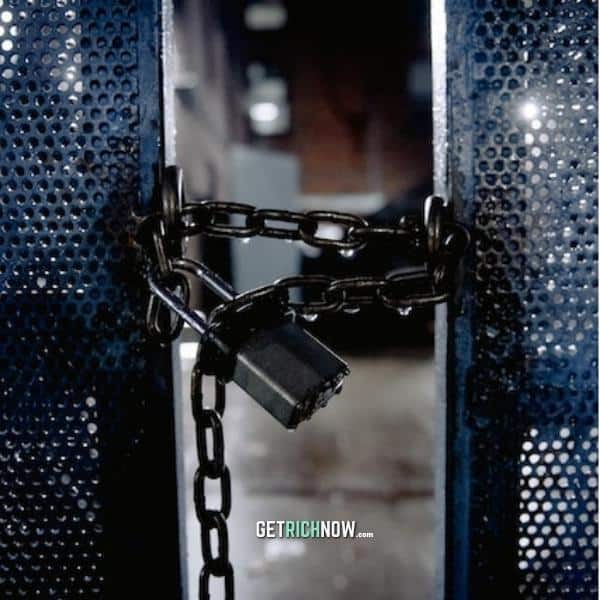
Remember, the security of your crypto is directly tied to the security of your wallet. So, don't skimp on these steps. Make your crypto wallet as impenetrable as Fort Knox.
FAQ
How can I set up a crypto wallet?
To set up a crypto wallet, you first need to choose the type of wallet you want to create: hot or cold. Hot wallets are online and connected to the internet, making them convenient but potentially vulnerable to hackers. Cold wallets, on the other hand, are offline and are thus more secure. You also need to decide whether you want a custodial wallet, which is managed by a third party, or a non-custodial wallet, giving you full control of your crypto. After deciding that, you can then proceed to install a wallet app, create an account, and follow the instructions provided to finish the set-up process.
What is the difference between creating a hot wallet and a cold wallet?
The main difference lies in where the wallet stores your cryptocurrency: A hot wallet is a type of wallet that stores your crypto online and it is always connected to the internet. This makes it easy and convenient for sending and receiving crypto, but it is also more susceptible to cyber threats. A cold wallet, on the other hand, stores your crypto offline, protecting it from cyber-attacks. The trade-off is that its operations can be less convenient than those of a hot wallet.
Can I create a cryptocurrency wallet for Bitcoin?
You can create a crypto wallet specifically for Bitcoin. Many wallet apps support Bitcoin since it is the most widely used cryptocurrency. You just need to know how to set up the wallet based on the instructions the wallet app provides.
What is involved in cryptocurrency wallet development?
Cryptocurrency wallet development involves setting up a digital, encrypted storage system for cryptocurrency. You need to understand blockchain technology and crypto security to build a cryptocurrency wallet. However, most people don't develop their own wallets, they instead use those developed by reputable third-party services.
If I decide to create a non-custodial wallet, how can I install it to set it up?
To create a non-custodial wallet, first choose a trustworthy wallet app that offers non-custodial wallets. Download and install the app, then follow the app’s instructions to create the wallet. Keep in mind that a non-custodial wallet means you have full control of your crypto, so ensuring your private keys' safety is crucial.
Do I still need a crypto wallet if I use a hardware wallet?
Yes, you still need a crypto wallet even if you use a hardware wallet. A hardware wallet is simply a type of crypto wallet that is in the form of physical devices. It offers advanced security for handling and storing your cryptocurrencies. However, the terms crypto wallet and hardware wallet are used interchangeably as they both serve the role of storing cryptocurrency.
How do crypto wallets work?
A crypto wallet is a digital wallet that allows you to send, receive, and store cryptocurrency. Your wallet doesn’t actually hold your cryptocurrencies. Instead, it holds your private and public cryptographic keys, which allow you to access and manage your cryptocurrencies on the respective blockchain. Crypto wallets can also interact with smart contracts and other blockchain technologies.
How can I add cryptocurrency to my wallet?
You need to use a crypto exchange to add cryptocurrency to your wallet. First, purchase the type of cryptocurrency you want on the exchange. Then, go to your wallet and find your wallet address. Next, on the exchange, select the option to withdraw your cryptocurrency and input your wallet address as the receiver. Your cryptocurrency will then be transferred from the exchange to your wallet.
How do I make sure my crypto wallet is secure?
Keeping your crypto wallet secure involves several measures: always using secure and private internet connections, regularly updating your wallet software, encrypting your wallet with a strong password, and never sharing sensitive information (like your private keys) with anyone. Furthermore, setting up a cold wallet also enhances security, especially if you are holding large amounts of crypto.
What is the difference between a custodial wallet and a non-custodial wallet?
The main difference between a custodial wallet and a non-custodial wallet lies in the control of the private keys. With a custodial wallet, a third party has control over your private keys and thus your assets. But with a non-custodial wallet, you have full control of your crypto as you are the only one who has access to your private keys.


